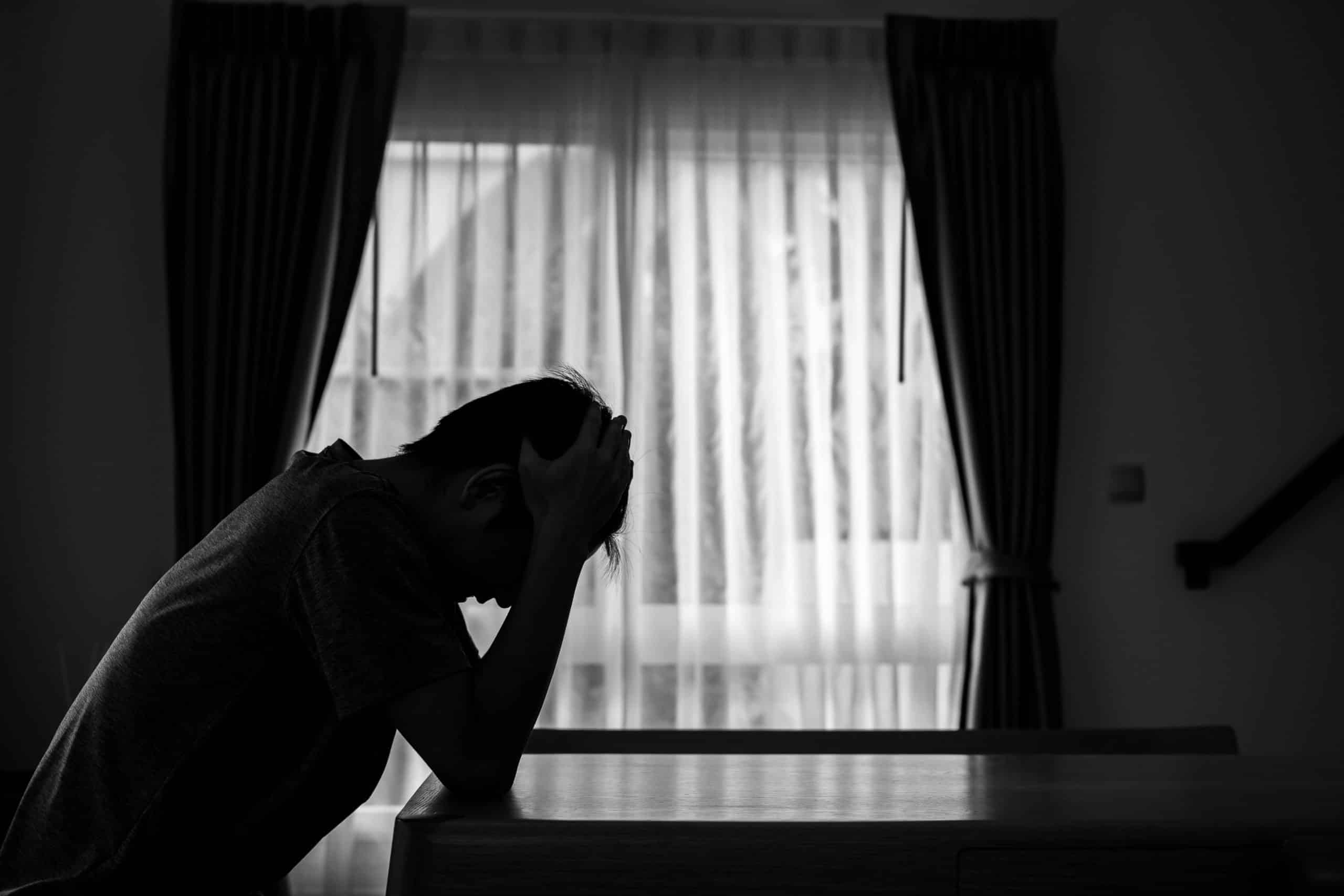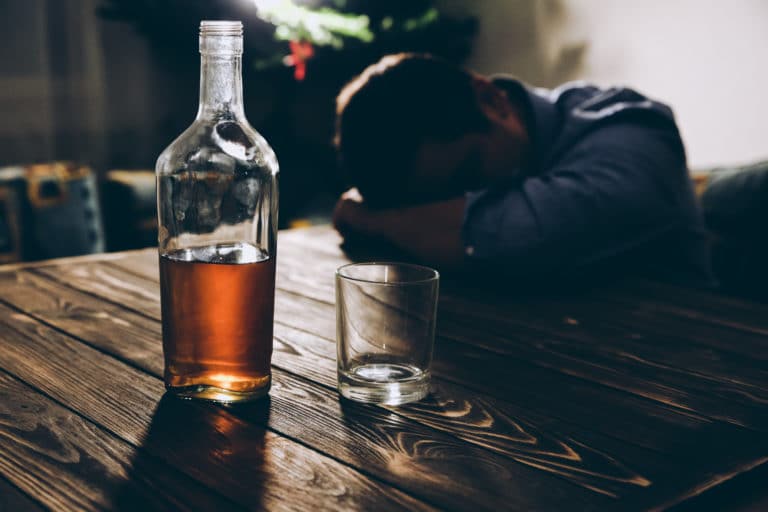Alcohol and drug abuse are prevalent across all demographics. It is not uncommon for addictions to develop out of casual use or experimentation with drugs or alcohol. It does not take long for the line between casual drinking or using to become blurry. For some drugs, one use or first-time experimentation can lead to dependency and addiction. Before long, using or drinking becomes a part of one’s daily life; in many cases, it becomes the “most important” part of the day; this is one of the many behavioral signs of addiction.
Drinking or substance abuse often starts as recreational or casual. Over time, an occasional social drinker starts to binge drink regularly. Or someone who occasionally uses prescription pain medication for pain control begins to take more than the prescribed dosage or progresses to harder drugs such as heroin and methamphetamine when they can no longer access their prescription medications.
What Causes Addiction?
Current research does not indicate a single or specific cause of drug or alcohol addiction. Instead, studies suggest the risk of developing an alcohol or drug use disorder may increase based on several factors unique to the individual. These include genetic predisposition or heredity, underlying mental health conditions, excessive stress, environmental factors, and social influence.
Genetics
Although there is no specific gene that suggests a predisposition to developing a substance use disorder, some studies indicate several genes that might be responsible for increasing your risk.
Mental Health Conditions
Studies suggest co-occurring addiction and underlying mental health conditions are highly intertwined. Recent studies indicate that nearly 8 million adults have co-occurring mental health and substance use disorders. Further, of the more than 20 million adults with a diagnosed substance use disorder, almost 40% had co-occurring mental health conditions.
There is no evidence to suggest that one condition causes the other; however, it is not uncommon for someone with a mental health disorder to use drugs or alcohol to dull the pain or discomfort of their symptoms. Although this is sometimes a suitable short-term fix, as a long-term practice, it can lead to dependency and addiction that require addiction treatment help.
Stress
Stressors are another significant cause of substance misuse and abuse. Whether at work, home, or socially, stress can increase one’s desire to drink or use drugs. People who work in specific careers with high pressure are also more likely to develop a substance use disorder as they are more likely to use substances to relax.
Environmental Factors
Environmental contributors such as family history also play a notable role in substance use disorder development. Research shows you are more likely to develop a drug or alcohol use disorder if a parent or relative has previously struggled with substance abuse. However, it is crucial to remember that drug or alcohol addiction is not solely connected to family history. Spending time with someone (such as a spouse) with a drug or alcohol use problem also increases your risk.
Social Factors
Social factors such as peer pressure, social drinking, and drug or alcohol experimentation (especially in adolescents and teens) can lead to increased addiction. Many movies and television shows glorify drinking or using drugs. Also, when peers or other social influences are engaging in alcohol or drug abuse, it is not abnormal for teens and young adults to want to “fit in,” so they may begin drinking or using drugs in social settings.
What are the Signs of Addiction?
Addiction presents in various ways, and the signs of addiction do not look or feel the same for everyone. The wide-ranging behavioral, physical, and psychological elements of addiction affect each person uniquely.
Physical signs of addiction vary widely. They may appear outwardly as signs of use, during an overdose, or as a symptom of detox and withdrawal. The most common physical signs of addiction include:
- Weight changes
- Changes in sleeping habits
- Enlarged pupils or bloodshot eyes
- Poor physical coordination
- Changes in physical appearance
Addiction also has a significant impact on your psychological state. Due to the perceived need to use, you are unlikely to recognize these impacts. You may notice increased anxiety, irritability, personality changes, and emotional withdrawal.
What are the Behavioral Signs of Addiction?
Behavioral signs of addiction include those actions that impact a person’s relationship with the world around them. For example, you may notice increased obsessive thoughts and actions around getting and using drugs or alcohol. Someone with a drug or alcohol addiction will continue to use or drink despite any physical or emotional harm it causes to them or their family. When confronted about their use, they will often deny or minimize the extent of their substance use.
How to Find Addiction Treatment in Southern California
The first step toward overcoming drug or alcohol addiction is to seek help at an addiction treatment program in Orange County. Like addiction, withdrawal and the recovery process look different from person to person. Everyone experiences different symptoms and effects while actively drinking or using and while trying to get sober.In some instances, the side effects of detox and withdrawal can be severe and potentially dangerous. These instances point to the vital importance of supported detox and addiction treatment. To learn more about our Orange County inpatient rehab programs, contact a member of our admissions team today and ask how we can help you take your first steps towards lasting sobriety.





